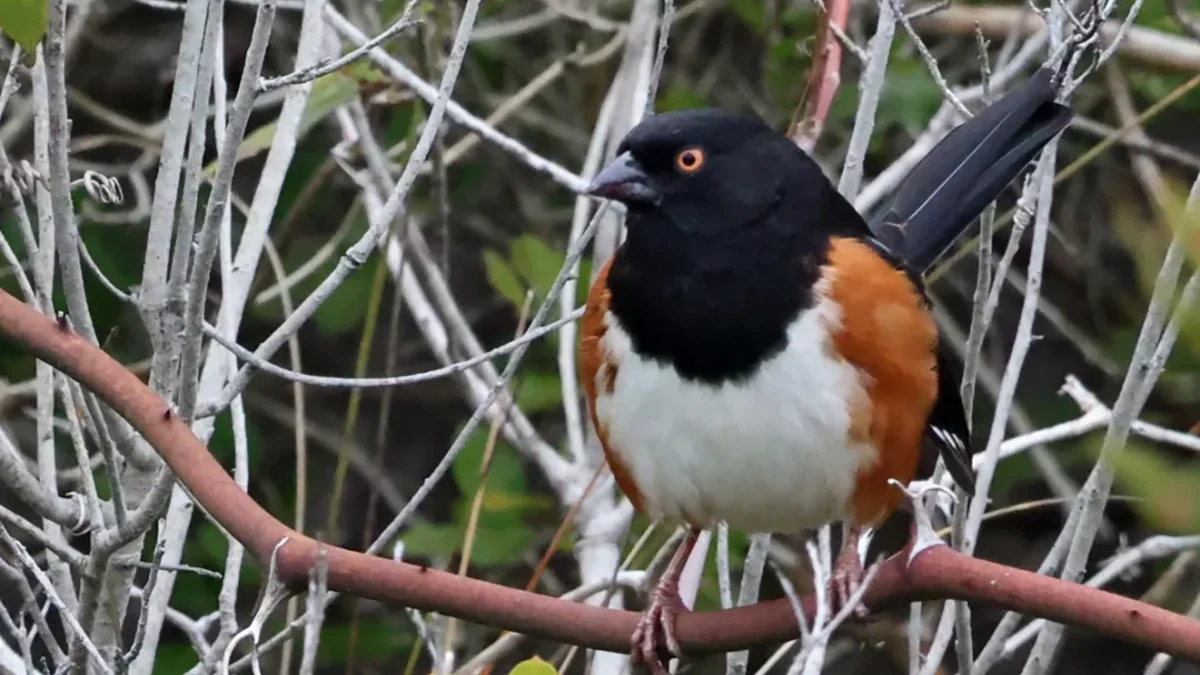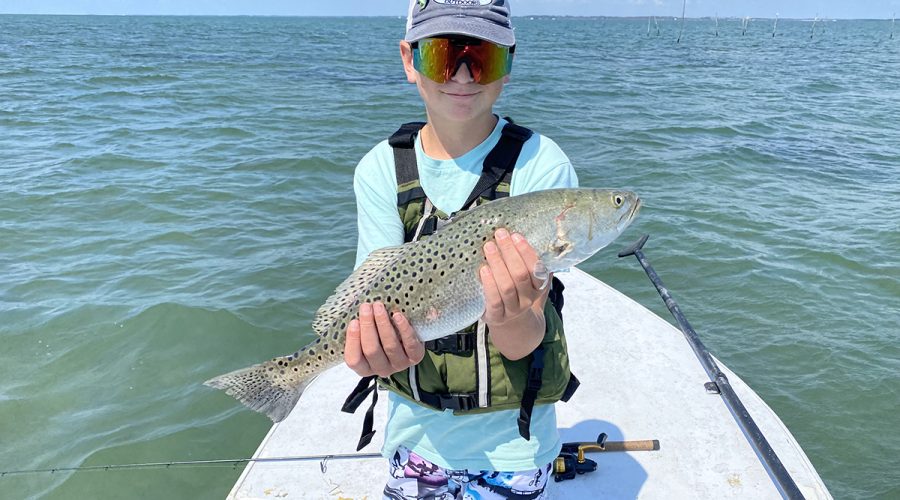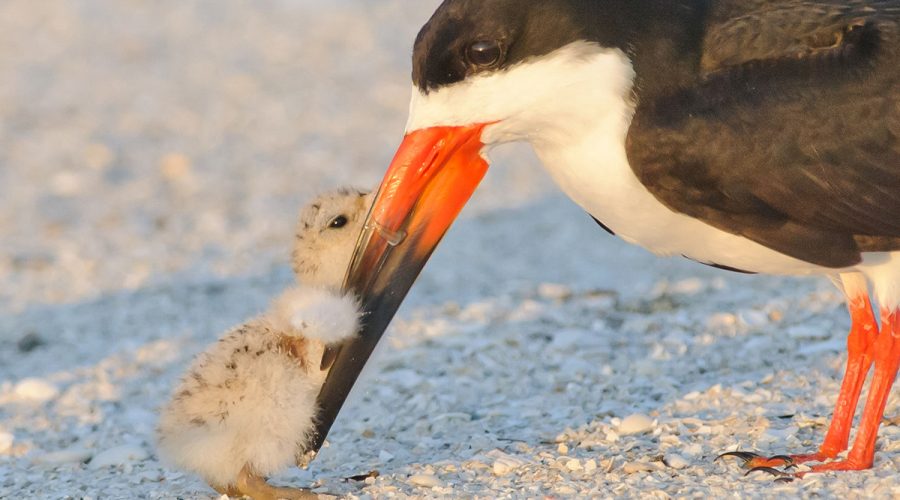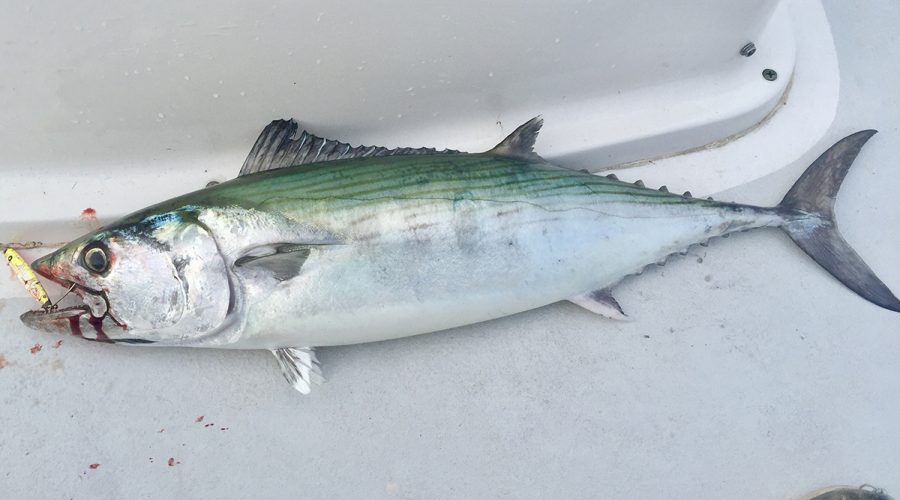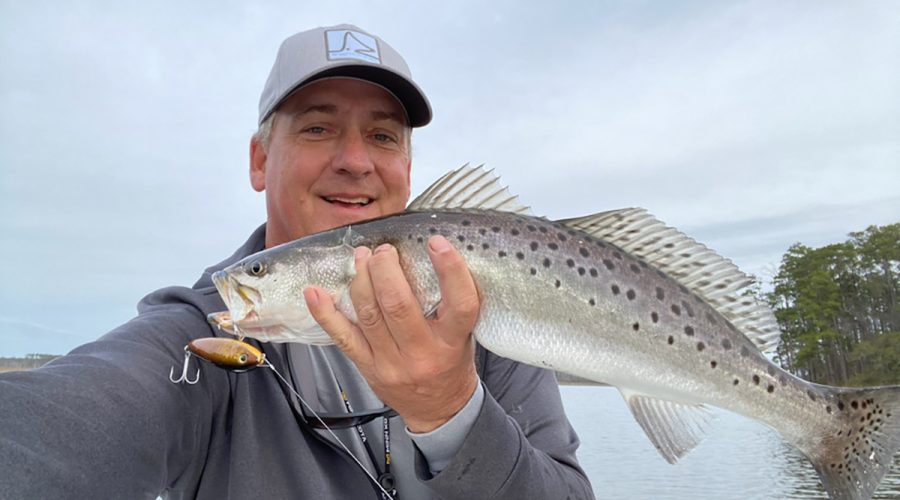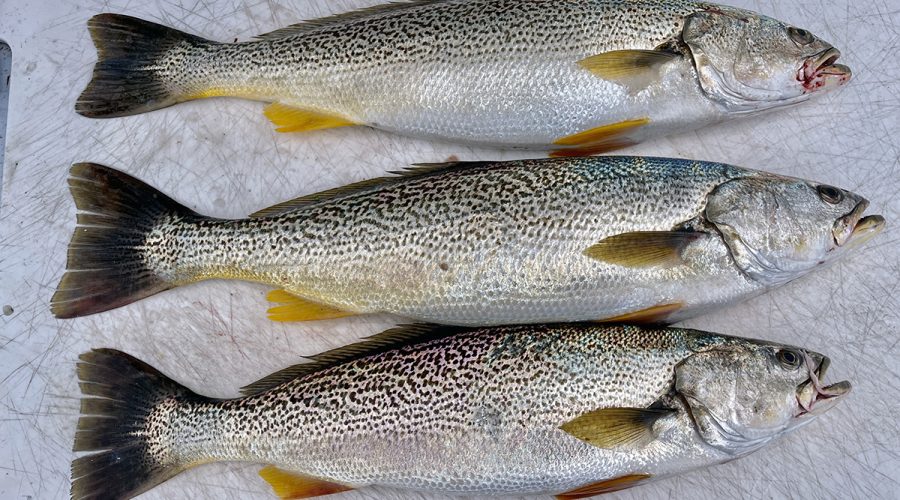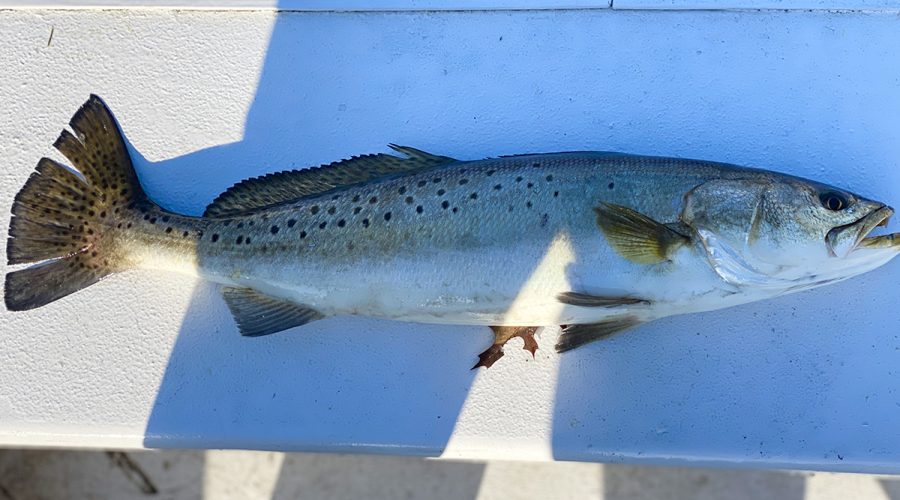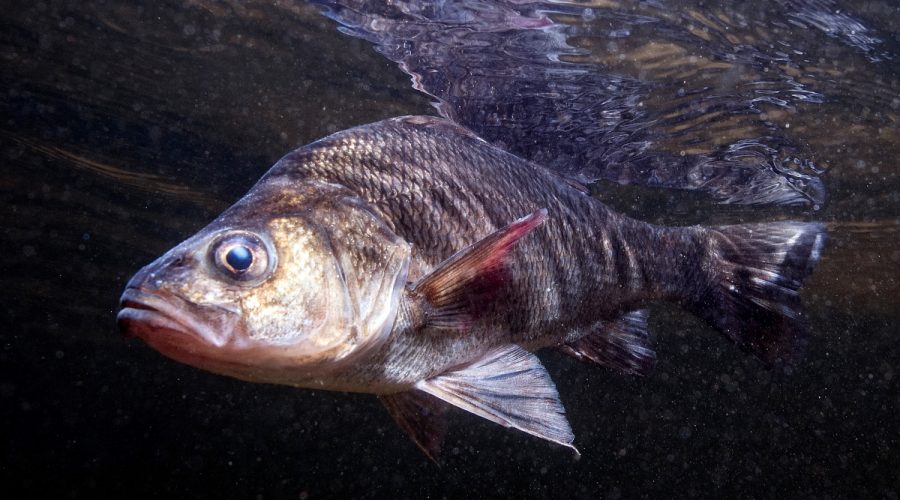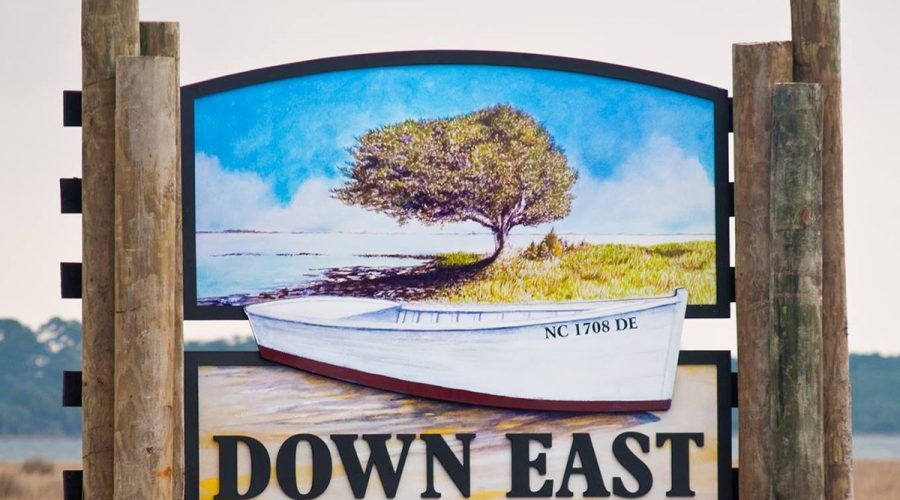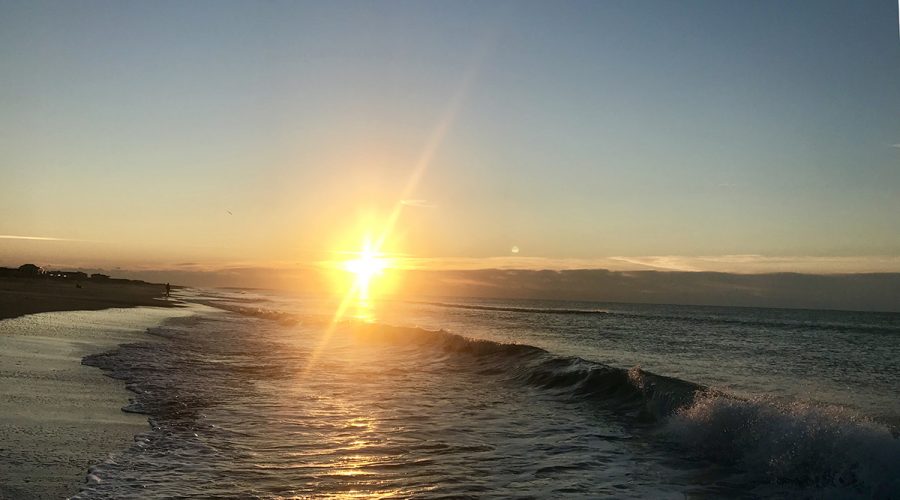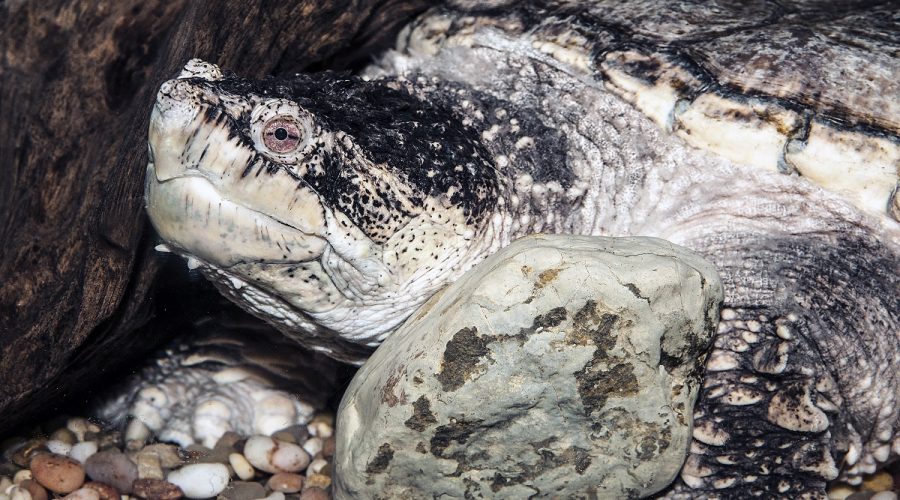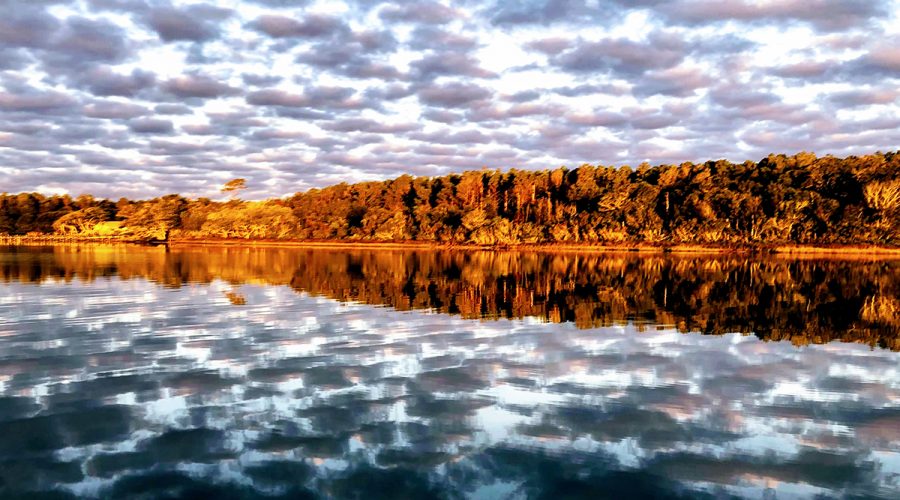The good-looking bird better known for its varied vocal stylings and found in coastal regions, including Ocracoke Island’s thickets, was depicted in the drawings of John White, the Colonial governor, mapmaker and artist.
Commentary
Here’s what you sign up for when fishing the flats in June
Summer fishing on grass flats and tidal creeks requires special considerations and planning in terms of gear, location and avoiding heat stroke, but big speckled trout and red drum are among the possible rewards.
Bipartisan bill would protect birds, beach communities
The Shoreline Health Oversight, Restoration, Resilience, and Enhancement Act would preserve coastal habitat while providing affordable, alternative sand sources used for beach nourishment projects, writes guest columnist Andrew Hutson of Audubon North Carolina
May fishing: Bonito among spring arrivals on NC coast
May brings with it the promise of southwest breezes and pleasant days on the water with the ability to finally get in a small boat and catch a fish close to shore — the true sign of approaching summer.
A day on the water: Spring trout fishing continues in April
Capt. Gordon Churchill takes readers out for a day on the water to fish for spring trout.
NC holds tools for clean economy with resulting benefits
The Environmental Defense Fund’s Michelle Allen writes that solutions are available for the transportation and power sectors to help North Carolina meet its climate goals, bolster the economy and reduce air pollution.
Weakfish prolific spawners in North Carolina waters
It’s estimated that weakfish can spawn as many as 66 times per season, which is longer in North Carolina than in areas to the north.
On current trajectory, NC won’t meet climate goals
Second in a commentary series by Michelle Allen of the nonprofit Environmental Defense Fund: The state, despite its leadership on climate policy, is on track to fall short of power sector carbon-reduction targets.
Order sets vital climate, equity goals; how will NC respond?
Guest columnist Michelle Allen with the nonprofit Environmental Defense Fund writes that Gov. Roy Cooper’s Jan. 7 executive order sends an important signal on addressing climate change and creating a more equitable future, but swift action is needed.
Atlantic menhaden a small fish with an outsized role to play
It’s a popular baitfish and its commercial uses date back centuries, but Atlantic menhaden also serve important ecosystem needs.
March means the return of trout fishing in NC waters
As the days get longer and warmer and trout become more active, fishing columnist Capt. Gordon Churchill offers his tips on gear and techniques for success.
What’s on the line? White perch
The semi-anadromous fish, which can be found in the ocean or in freshwater, has a unique life history compared to its freshwater perch cousins.
Down East shares grief, strength after tragedy
The world stopped for Down East communities Sunday when a private plane with eight passengers, six from Carteret County, went down after a duck hunting trip in Hyde County.
Answering the question: ‘What do we love about fishing?’
What is it about fishing that makes it such a rewarding endeavor? Maybe the answer is more than just what you catch.
‘Cool critters’: Spotlight on 12 species of freshwater turtles
North Carolina is home to 17 species of freshwater turtles, with about a dozen calling the coastal plain home.
Coastal Federation at 40: Past successes, new opportunities
As the North Carolina Coastal Federation celebrates its 40th anniversary this year, Executive Director Todd Miller looks back on the four-decade journey.

